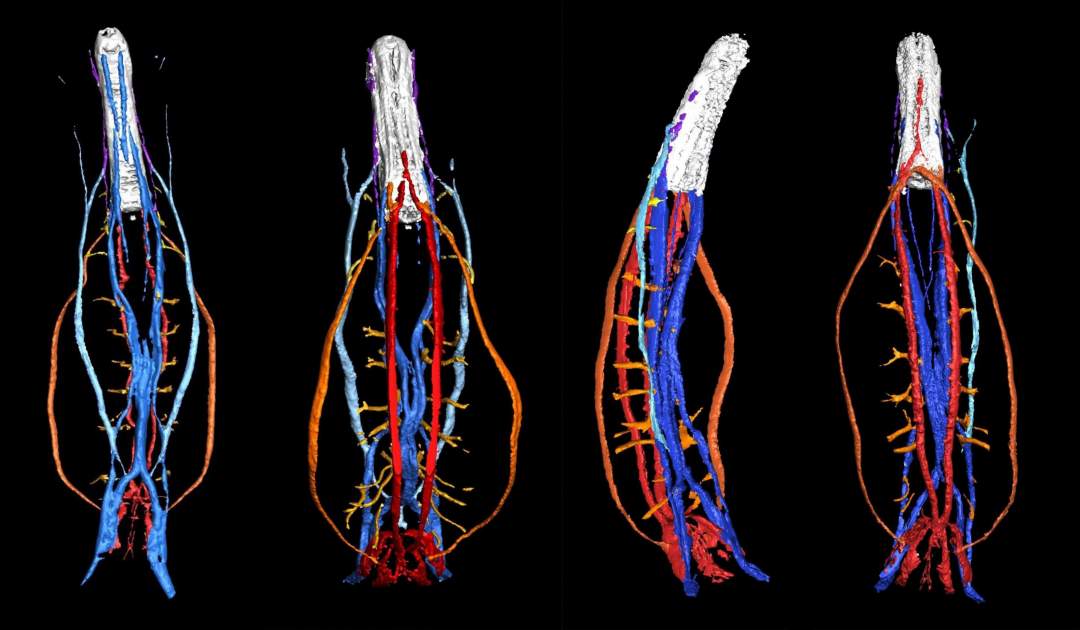Morphology and Evolution of Organ Systems
Organs and organ systems are composed of different tissues and these in turn consist of different cell types. In microscopic animals of the meiofauna, some organs such as eyes or excretion organs consist of only a few, highly specialised cells with a complex ultrastructure.
The organ systems are the functional basis of an organism’s different life activities. They serve e.g. for locomotion, ingestion and digestion, excretion and osmoregulation, perception, or reproduction. Evolution has optimised them for their particular functions in a given environment. In systematics, the morphology of organisms and their organs is an important source of information to uncover the phylogenetic system. Sistergroup relationships can be recovered by identifying synapomorphies, i.e. new characters that two evolutionary lineages have inherited from their common ancestor. Thereby we are able to unravel phylogenetic relationships successively. We are likewise able to reconstruct the character evolution on the basis of phylogenetic trees that were generated with other methods (e.g. by the analysis of DNA sequence data). On the one hand, we can thereby test the plausibility of a phylogenetic hypothesis with data that were not used for the initial analysis. On the other hand, we can estimate the adaptive value of evolutionary novelties, e.g. if they correlate with a transition to a new habitat.
For the study of morphology and ultrastructure of organ systems, a broad spectrum of methods is used. The aim is to get a realistic model of the truth for having an ideal data basis for subsequent evolutionary and functional interpretations. In the division Evolution and Biogeography of Meiofauna we use different light-optic (light microscopy, confocal laser scanning microscopy) as well as electron-optic techniques (scanning- and transmission electron microscopy). For data analysis, manual and computer-aided drawing techniques, 3D reconstruction methods, and tools of computer-aided cladistics are available.
